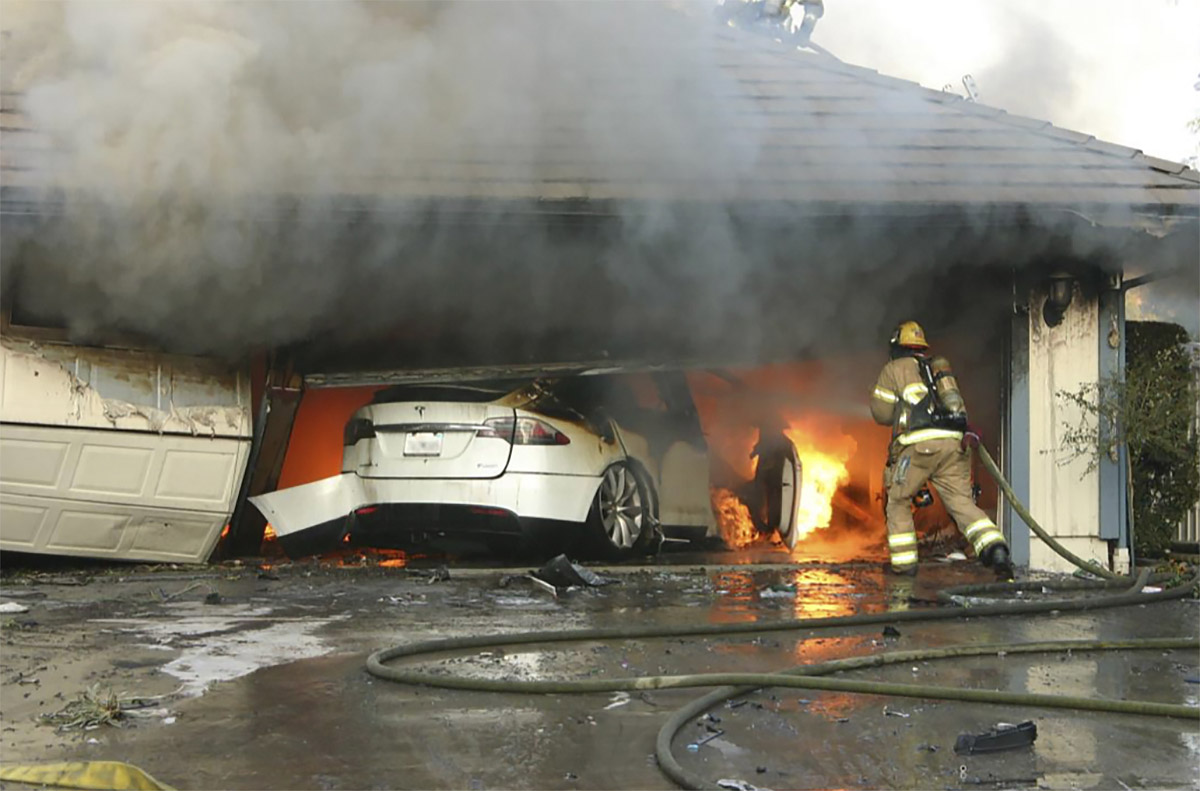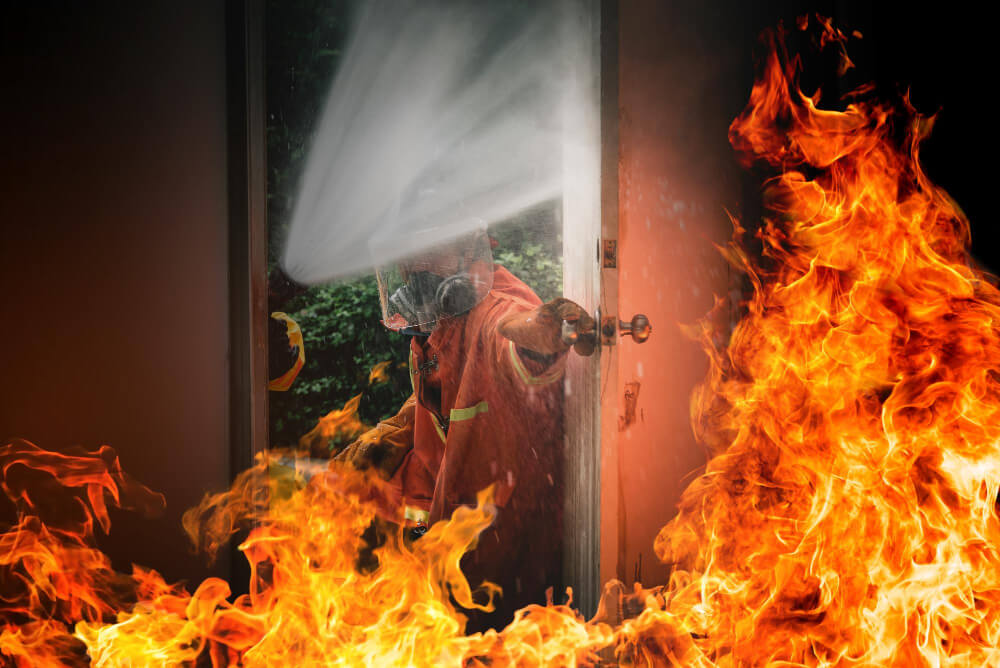
Safeguarding Lives and Property: Comprehensive Measures to Prevent Fires on Roads, Residential Areas, Commercial Spaces, and Workplaces
In our daily lives, the threat of fires looms over various settings, from the roads we traverse to the places we call home, work, or engage in commerce. The impact of fires is profound, posing risks to life, property, and the overall safety of communities. As we strive for a secure and fire-resistant environment, understanding and implementing comprehensive measures becomes paramount.
Road Safety: Mitigating the Risk of Vehicle Fires
1. Regular Vehicle Maintenance:
Routine vehicle check-ups are a fundamental aspect of preventing fires on the roads. Timely inspections of engines, brakes, and electrical systems can identify potential issues before they escalate.
2. Smart Car Firefighting Systems:
Innovations like Auto Burn Stop offer proactive solutions. These smart car firefighting systems employ advanced detection technology, electronic valves, and fire extinguishing capsules to swiftly and precisely control fires in the engine compartment, reducing the risk of vehicular fires.
Residential Fire Prevention: Creating Fire-Safe Homes
1. Smoke Alarms and Detectors:
Installing smoke alarms and detectors on each floor significantly enhances early fire detection, providing crucial seconds for evacuation.
2. Fire Extinguishers and Blankets:
Equipping homes with fire extinguishers and blankets allows for immediate response to small fires, preventing them from spreading.
3. Electrical Safety Measures:
Regularly checking and maintaining electrical systems, avoiding overloading circuits, and promptly addressing faulty wiring contribute to reducing the risk of residential fires.
4. Kitchen Safety Practices:
Practicing safe cooking habits, such as monitoring stovetops, keeping flammable materials away, and having a fire extinguisher in the kitchen, is pivotal in preventing kitchen fires.
Commercial Spaces: Protecting Businesses and Assets
1. Emergency Evacuation Plans:
Creating and regularly practicing emergency evacuation plans ensures that employees and customers can exit the premises safely in the event of a fire.
2. Fire Suppression Systems:
Installing fire suppression systems, including sprinklers and specialized extinguishing agents, provides an immediate response to fire outbreaks, minimizing potential damage.
3. Employee Training:
Conducting regular fire safety training for employees fosters awareness, ensuring a swift and orderly response in case of a fire emergency.
4. Electrical Maintenance:
Regularly inspecting and maintaining electrical systems, avoiding overloading outlets, and promptly addressing any electrical issues reduce the risk of fires in commercial spaces.
Workplace Fire Prevention: Prioritizing Employee Safety
1. Safety Protocols and Drills:
Establishing and practicing safety protocols and fire drills ensures that employees are well-prepared to respond quickly and efficiently to fire emergencies.
2. Proper Storage of Flammable Materials:
Ensuring the correct storage of flammable materials, along with regular inspections of storage areas, minimizes the risk of fires in workplaces.
3. Fire-resistant Materials:
Incorporating fire-resistant materials in the construction and furnishing of workplaces adds an extra layer of protection, slowing down the spread of fires.
4. Regular Equipment Inspections:
Routinely inspecting and maintaining equipment, especially those prone to overheating, reduces the risk of fires in industrial and manufacturing settings.
A Holistic Approach: Community Awareness and Collaboration
1. Educational Campaigns:
Initiating educational campaigns within communities about fire safety practices, evacuation procedures, and the importance of early detection helps build a fire-resilient community.
2. Collaboration with Fire Departments:
Establishing partnerships with local fire departments for regular inspections, training sessions, and community outreach programs enhances overall fire preparedness.
In conclusion, preventing fires in various settings requires a multi-faceted approach, from individual responsibilities to community-wide efforts. Incorporating proactive measures, utilizing advanced technologies, and fostering a culture of safety are essential components in creating environments resilient to the threat of fires. By implementing these comprehensive measures, we can collectively strive toward a safer, more secure future for ourselves, our homes, and our communities.



